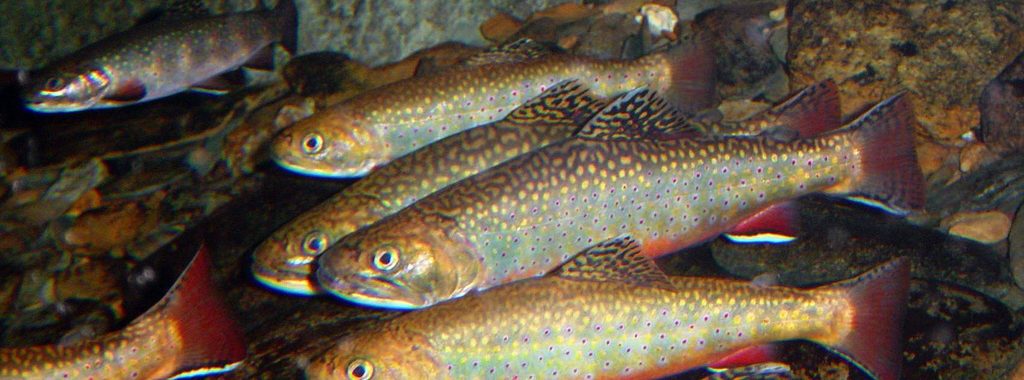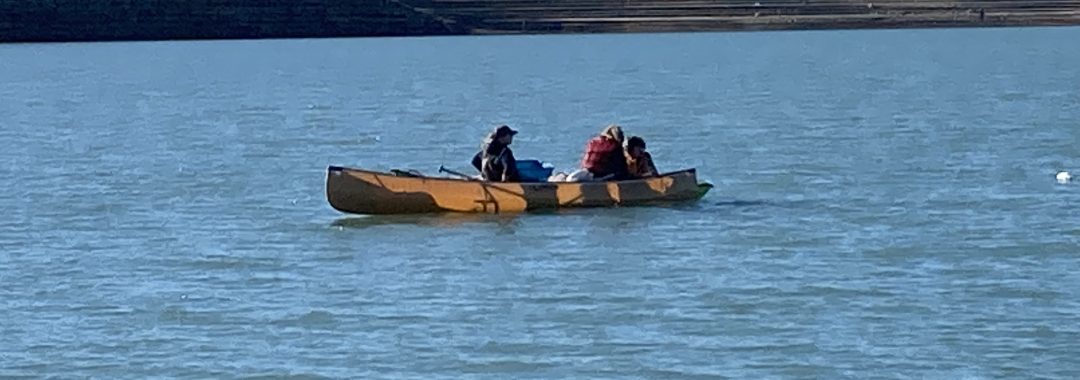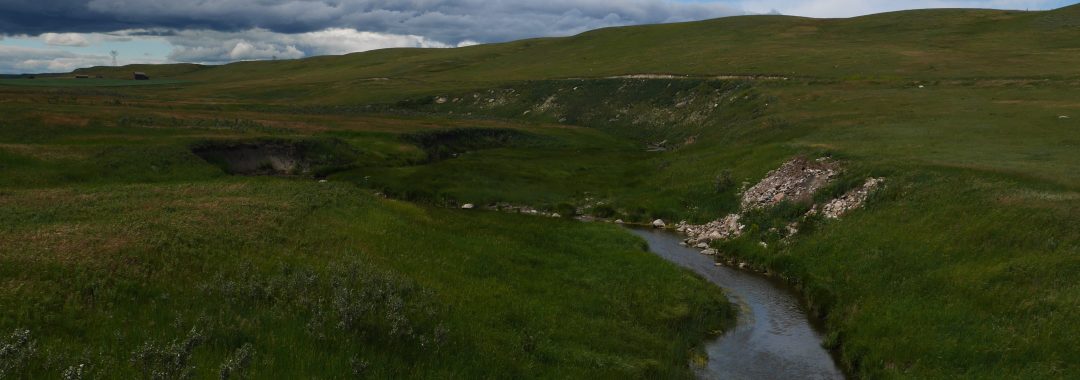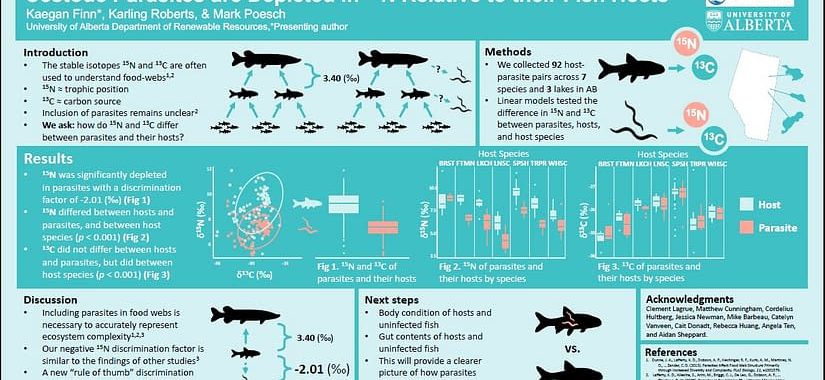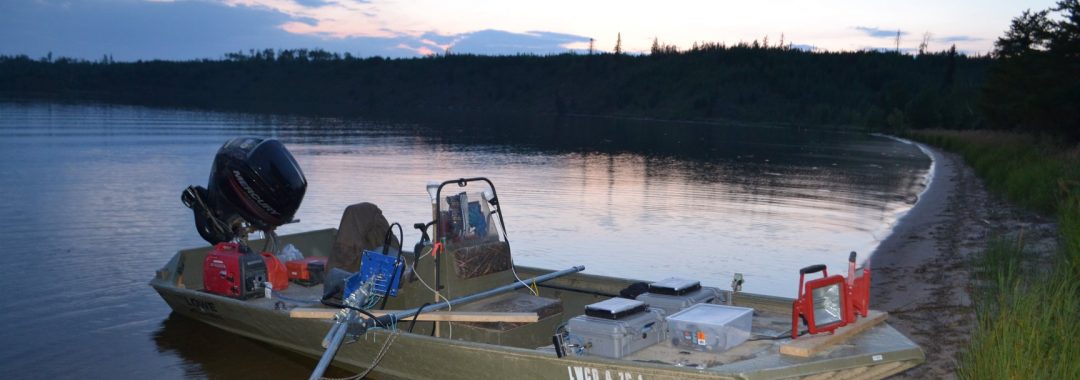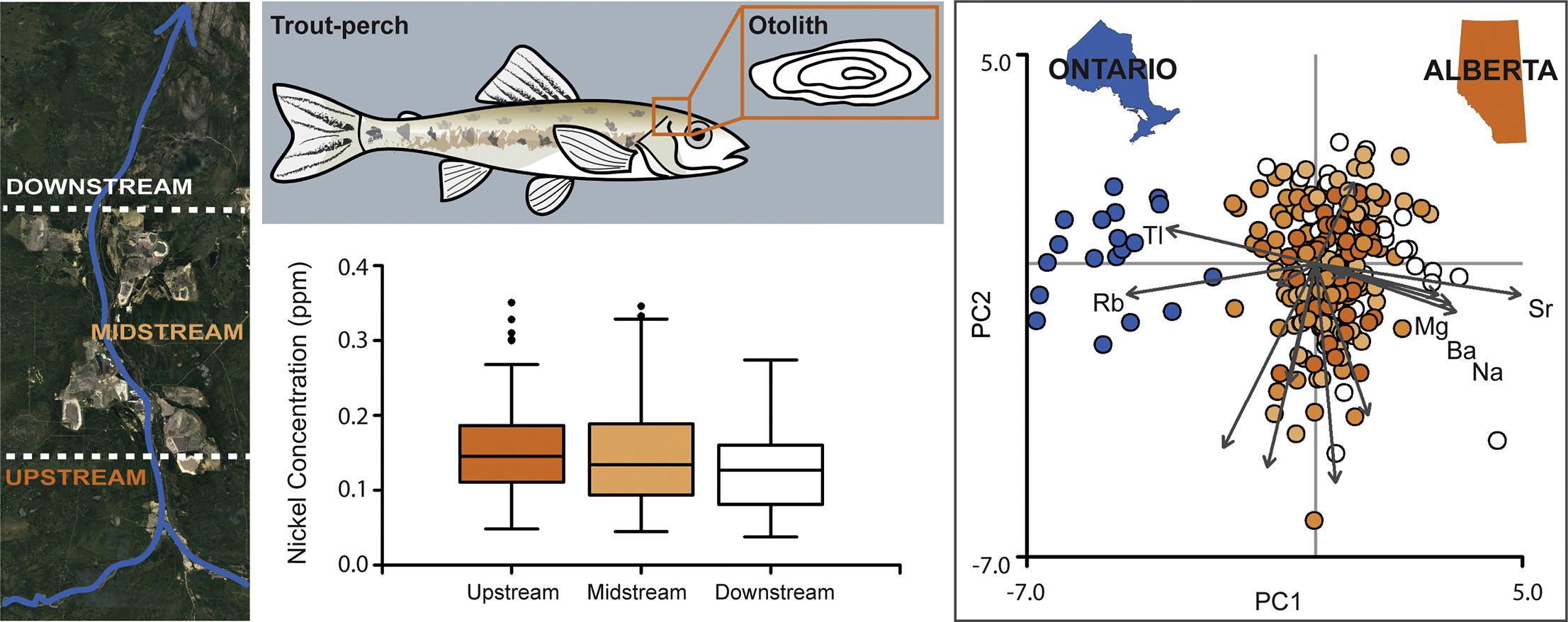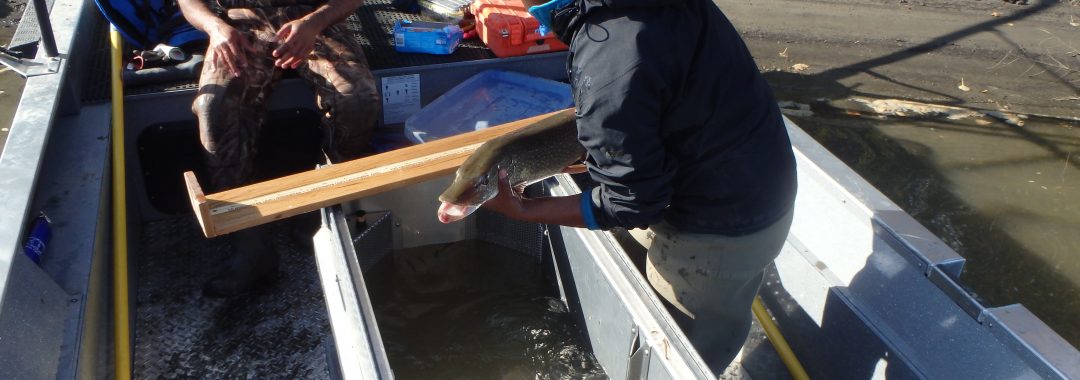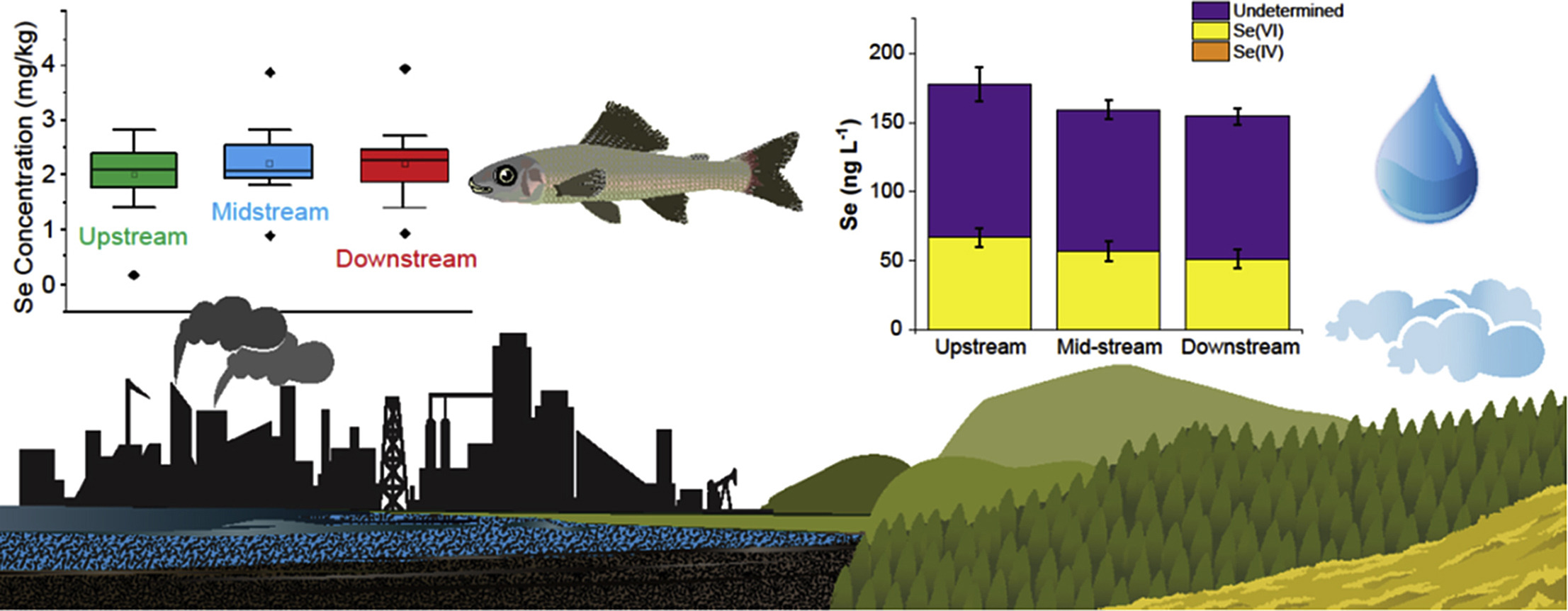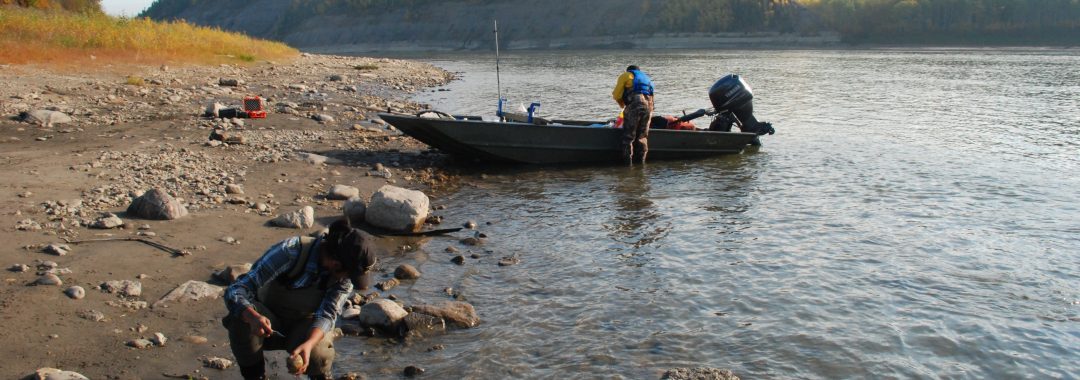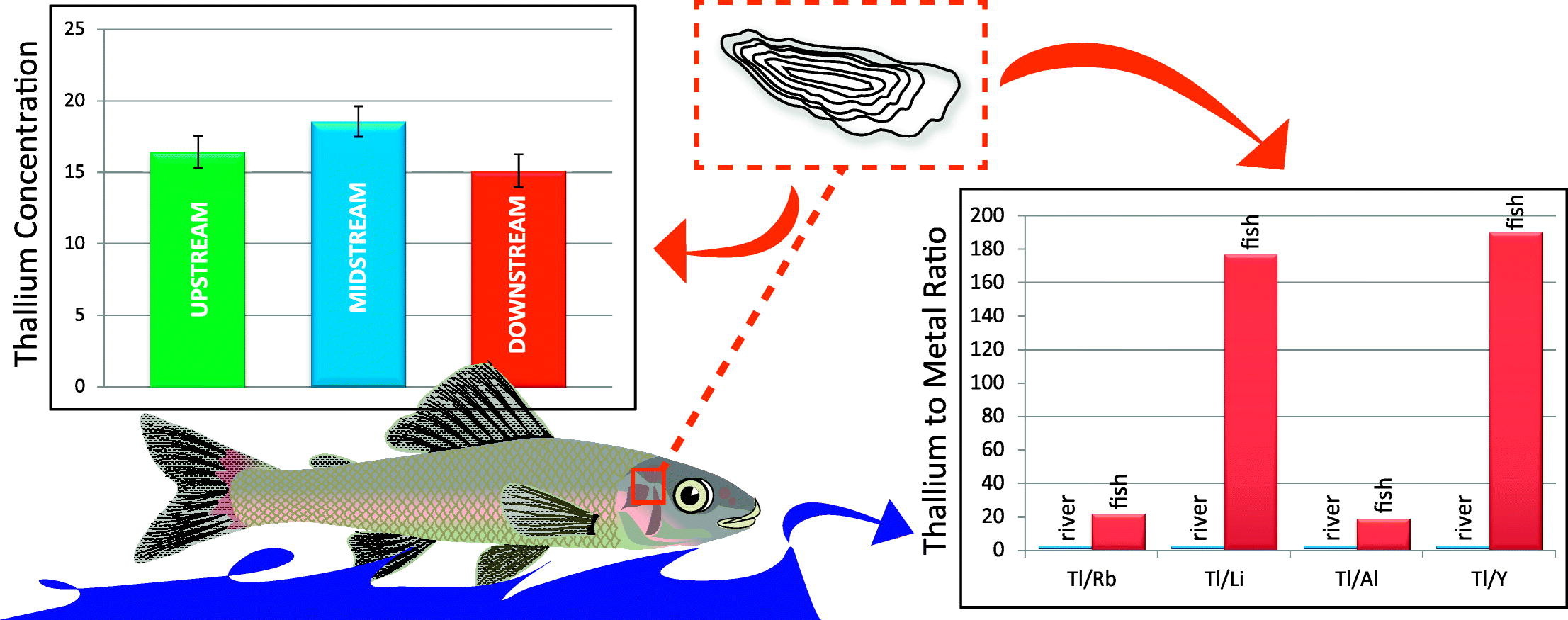Abstract:
There has been much written about the negative social and environmental impacts of large hydropower dams, particularly the impacts on people and the environment caused by flooding linked to the creation of large reservoirs. There has also long been recognition of the importance of Indigenous and local knowledge for understanding ecological processes and environmental impacts. In this paper, however, we focus on a topic that has received insufficient consideration: the downstream impacts of dams, and the role of Indigenous and local knowledge in assessing and addressing these impacts. Using examples from three river basins in different parts of the world: the Peace-Athabasca in Canada, the Mekong in mainland Southeast Asia, and the Amazon in Brazil, we demonstrate that the downstream impacts of hydropower dams are often neglected due to the frequently long distances between dams and impacted areas, jurisdictional boundaries, and the less obvious nature of downstream impacts. We contend that Indigenous or local knowledge, if applied consistently and appropriately, have important roles to play in understanding and addressing these impacts, with the goal of avoiding, reducing, and appropriately compensating for the types of environmental injustices that are frequently associated with the downstream impacts of dams.
Citation: Baird, I., Silvano, R., Parlee, B., Poesch, M., Napolean, A., Lepine, M., Halwass, G., and B. MacLean. (2021) The Downstream Impacts of Hydropower Dams and Indigenous and Local Knowledge: Examples from the Peace-Athabasca, Mekong and Amazon River Basins. Environmental Management 67: 682-696
Also Read:
*Lab members: Mark Poesch. Check out opportunities in the lab!

